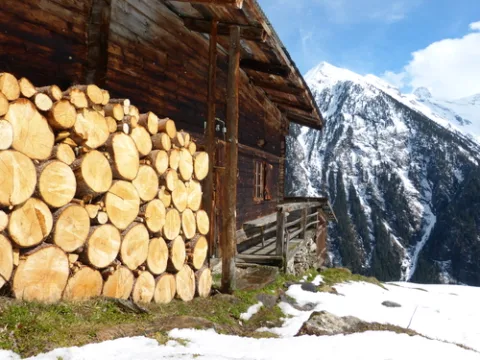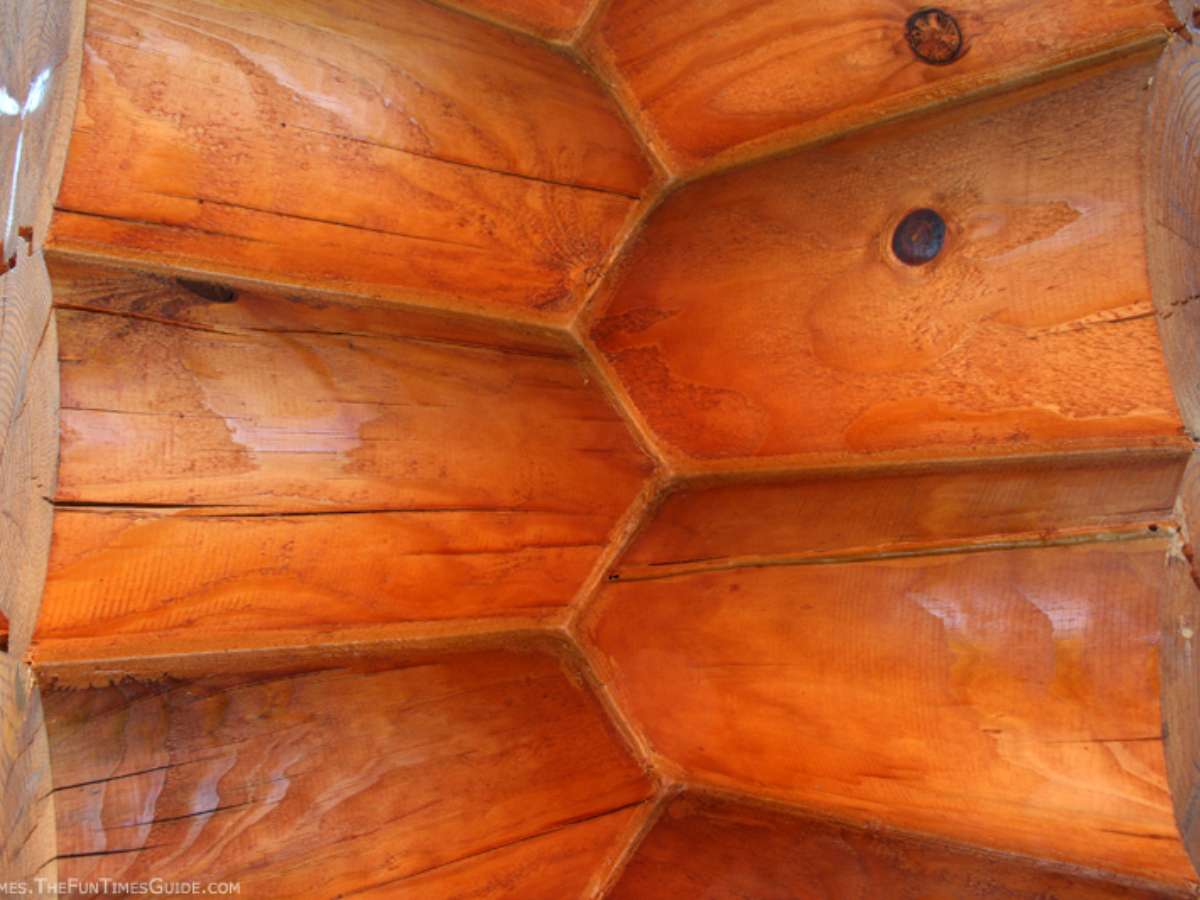With the ever-increasing price of oil, natural gas and electricity, many homeowners are now considering using wood to heat their homes and workshops.
Along with the potential cost savings that an outdoor wood furnace or other type of wood burning stove can provide on home heating bills, using wood as your home heating fuel of choice is great for the environment.
Here’s why:
Wood Is a Renewable Source of Energy
Any type of wood can be used for heating including trees that are storm damaged, diseased and unsuitable for other uses like furniture production.
Trees grow quickly, require minimal care and new trees can be planted immediately after existing trees are harvested.
While growing, trees are an important part of the natural habitat for wildlife such as birds and animals that rely on woodlots and forests for food and shelter.
Trees that are used for heating fuel are often grown in areas that would otherwise be unusable for any other purpose including traditional agriculture, housing or commercial development.
Trees can be planted in minimal soil, so areas that are rocky, sandy and have otherwise poor soil conditions are often used for tree farms.
Burning Wood Is Carbon-Neutral
As a tree grows it acts as a natural air filter, absorbing carbon dioxide from the environment and, in turn, releasing pure oxygen back into the air.
When wood is burned in an outdoor wood furnace or other appliance, the carbon dioxide the fire creates is equal to the amount of carbon dioxide that the tree absorbed during its life — a process that is commonly referred to as the carbon cycle.
The same thing happens when a tree dies and decays naturally: the carbon dioxide it absorbed while growing is slowly released back into the environment as the tree breaks down and rots.
Wood Is Locally Sourced
Unlike other heating fuels like oil, natural gas and coal — which are often shipped thousands of miles across international borders before reaching the consumer — wood that is burned for heating is usually sourced close to where it will be purchased and used.
Traditional fossil fuels are nonrenewable, costly to extract and transport, and require a complex system of distribution to get the fuels to the end user, the customer.
By contrast, wood is 100% renewable and getting the fuel to the end user is usually a very simple, straightforward process that can be as easy as cutting down a tree in your own back yard or buying the wood from your local firewood dealer.
Outdoor Wood Furnaces Can Heat Your Household Water
In addition to providing an eco-friendly and affordable source of home heating, an outdoor furnace can serve double-duty as a water heater.
Many models of outdoor wood furnaces are boilers which use hot water to transfer heat to a home.
That same hot water can be captured and used for your household hot water needs with the installation of a simple heat exchanger, eliminating the need for a gas or electric water heater.
Our guest contributor, Kyle Brent, is the president of Outdoor Furnace Supply, a leading supplier of alternative energy solutions. They specialize in components for outdoor furnace installations, as well as components used in solar, geothermal, heat recovery, industrial and manufacturing applications.





